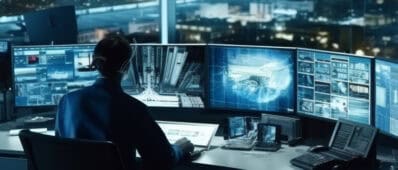Abstract
In recent years, “smart city” technologies have emerged that allow cities, counties, and other agencies to manage their infrastructure assets more effectively, make their services more accessible to the public, and allow citizens to interface with new web-and mobile-based alternative service providers. This project developed an innovative user-friendly web interface for local and state policymakers that tracks and displays information on the adoption of such technologies in California across the policing, transportation, and water and wastewater sectors for a comprehensive set of local service providers: connectedgov.berkeley.edu. Contrary to conventional smart city indices, the platform allows users to view rates of adoption in maps that attribute adoption to the local public agencies or service providers actually procuring or regulating the technologies in question. Users can construct indices or view technologies one by one. Users can also explore the relationship between technology adoption and local service area conditions and demographics, or download the raw data and scripts used to collect it. This report illustrates the utility of the data that was collected, and the analytics one can perform using the web interface through an analysis of the rollout of three technologies in the transportation sector: electric vehicle (EV) chargers, transportation network company (TNC) service areas, and micro-mobility services across California.





